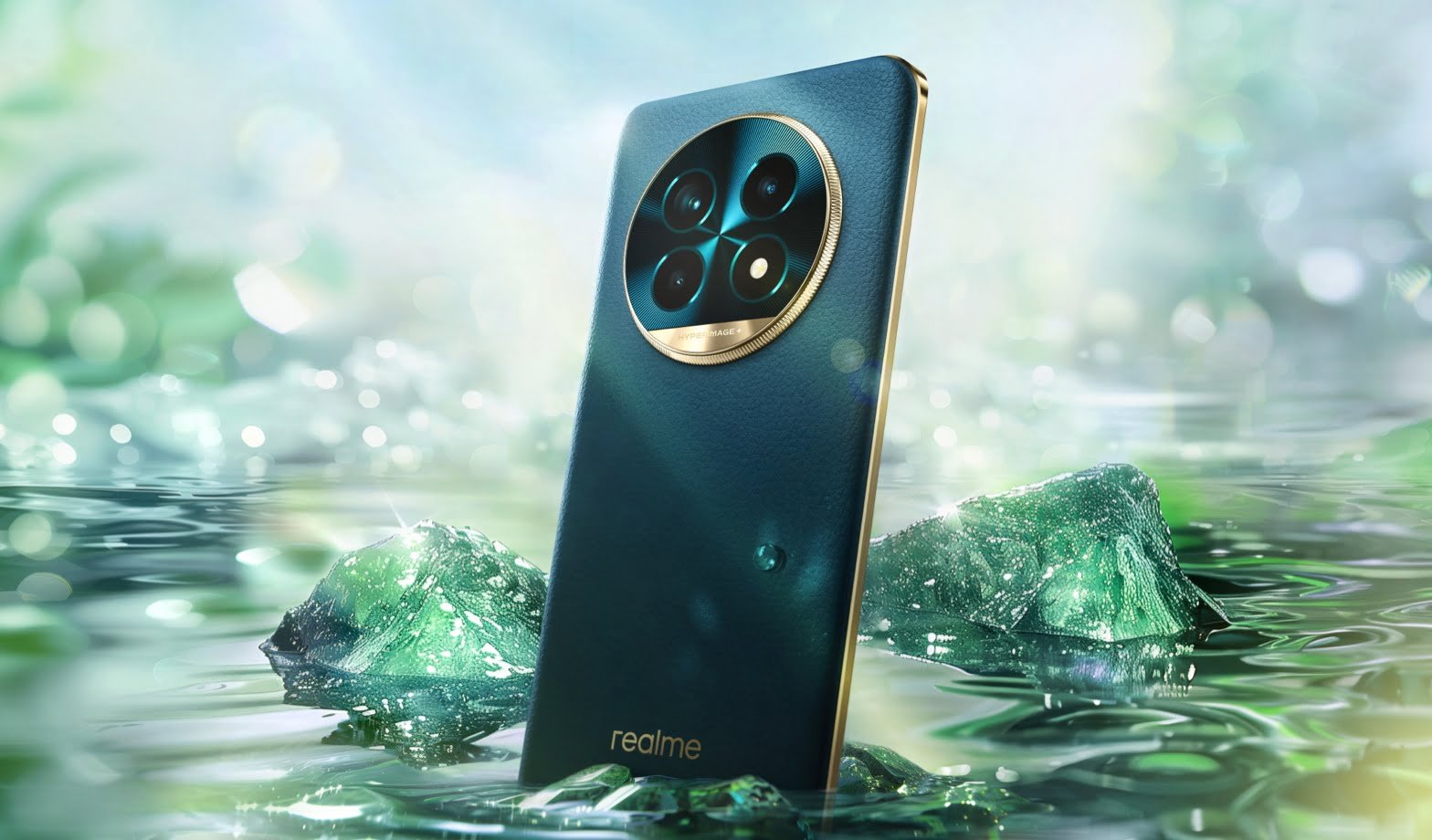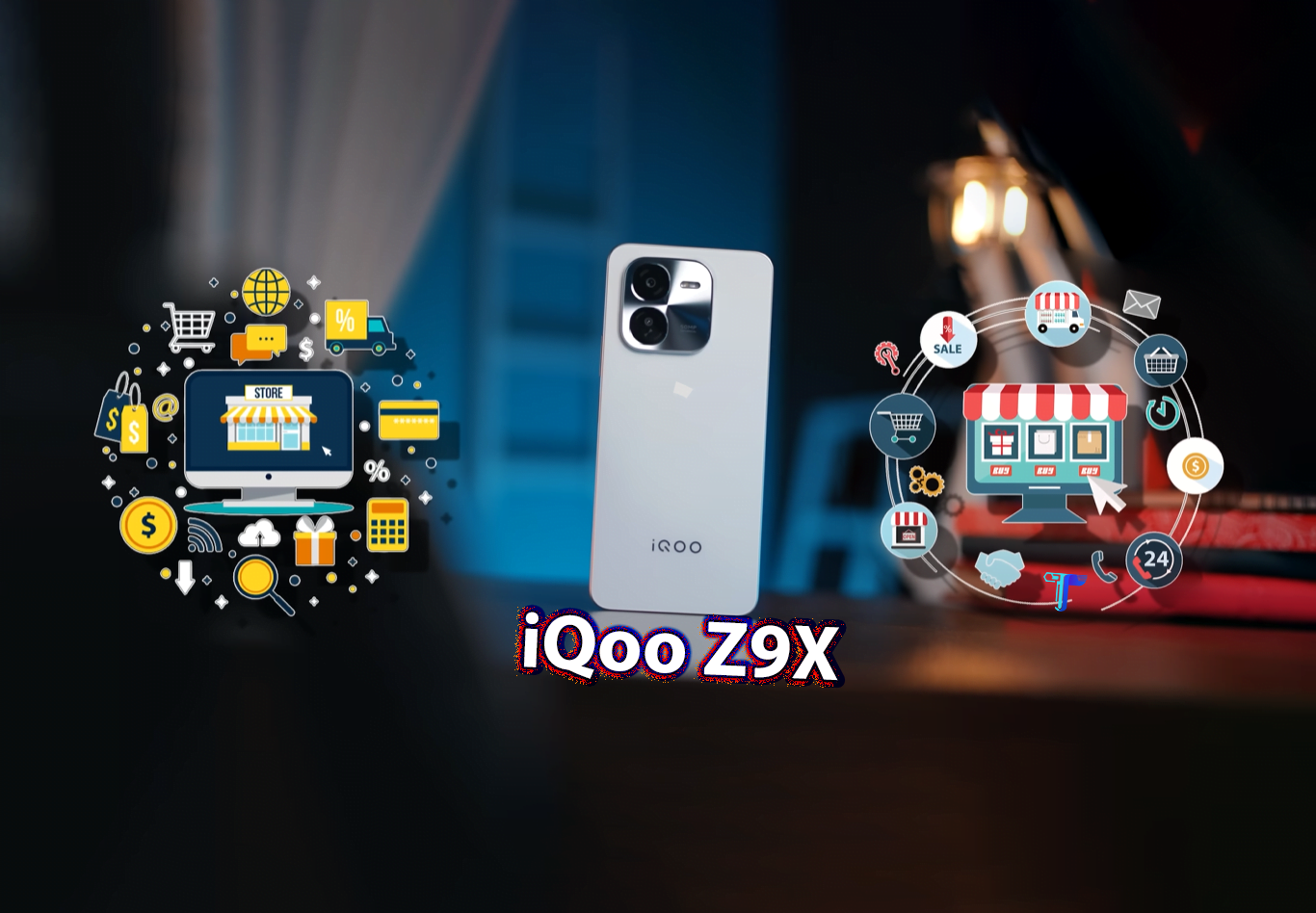I’ve had a complicated relationship with the Google Pixel phones. People always say that they are very cool, and they do have a lot of special features. They come with beautiful, animated, friendly, customizable software and are always capable of a few things. They’re so intelligent that they seem to surpass the practical industrial machines. But at the same time, these phones make me rage because they’ve always had significant enough issues that distract from the delightful software. I’ve had build quality issues, overheating issues, signal issues, inconsistent camera issues, and just generally the phones being quite a bit slower compared to the competition.
o, this new Pixel 9 Pro and the 9 Pro XL, which is the one I’m mainly using, are in a very interesting position. They have a lot to prove, but if they can, they could basically become my favorite phones ever.
The Pixel 9 Pro and Pro XL come presented in a pretty box, but it’s also a pretty empty box. You get the phone, a cable, and there’s an image somewhere in here. This is the best-built Pixel ever. It feels almost exactly like an iPhone 14 Pro Max when you pick it up. Very similar dimensions, very similar size, with a slight curve, and it’s the same weight down to the gram. I remember reading a post saying that more people who buy Pixels are actually ex-iPhone users rather than ex-Samsung users. So, I’d be very surprised if this similarity wasn’t intentional to appeal to Apple users who are still in doubt.
Either way, I mean, this is a compliment to the Pixel. Compared to past phones, it looks and feels really classy, especially with these thin, completely even screen bezels. This is also easily the most solidly constructed phone Google has ever made. It doesn’t flex one bit, and if you’ve seen that, it’s very much passed the durability test. If I’d gotten the feeling over the last few years that the Pixel would end up yet another one of those can-Google projects, you know, the classic downward spiral where the tech product doesn’t sell well, so it makes less money, and then gets less investment and never improves because of that.
Besides, Google is specifically famous for canceling projects, but getting a significant redesign like this feels like an assurance that Google is still very much committed. Google is still determined to keep trying to become a definitive part of the smartphone world. The more you use this phone, the more you realize how important that is to them.
But also, I’m not just talking about cases. If you’re going to make one, this is how it’s done. This thing is addictively soft to the touch. No fingerprints, no light going around the camera module. It feels nice with its metal logo and metal buttons, which actually make the remaining visible parts of the phone and the spring-loaded buttons feel perfect. Every single cutout is exactly centered, which really surprises me, as often that doesn’t happen.

Design is not the only thing they’ve improved. The optical fingerprint scanner we used to have was one of my major gripes. This new Pixel switches it out for an ultrasonic scanner. It basically uses sound waves instead of light to map your fingerprint. The benefit of this is that it gives the phone a three-dimensional understanding of your print, making it more reliable.
I haven’t had any signal issues, though it’s hard to say anything conclusive about signal because there are so many factors. I do a pretty regular two-and-a-half-hour trip from my hometown to London, and the signal has been consistently good. I was actually switching between 4G and 5G almost the entire time with only two five-minute periods of nothing. So it seems likely that the new modem inside this Pixel is doing its job.
The general feel of using the phone is flawless. It’s the best one; every single animation has been accompanied by a feeling generated by the vibration motor, even things like a gentle home swipe as you slide up and down. Plus, I haven’t had a single bug with the low bar. I realized this automatically makes this the most stable Pixel launch in history.
The battery is not changed; it’s the same as before. That’s just the way it is. I wouldn’t call it sparkling, but the battery life on this device is enough. I’m talking six and a half hours of screen-on time on the small Pro and seven on the XL, which is less than my Samsung but enough for almost anyone. It feels like Google’s got control of their overheating problem. The solution wasn’t rocket science; they just finally caught up and put a vapor chamber in the phone, as the competition has been doing. This has a lot of knock-on effects. It means that the screen, which is bright and pretty delicious, doesn’t overheat. I didn’t experience any significant slowdown in games, even with persistent play. In fact, I did the old Freddie Mac Extreme stress test to put the numbers to this feeling and found that while the Galaxy S22 had 50% stability, meaning by the end of the 30-minute stress test, it was only running at 50% of its performance, the Pixel retained 70%.
That’s not the whole story, though, because the Pixel’s stability score is high. Performance to start with is much lower, but it has improved stability. Every year, performance has been a classic Pixel weakness, and every year, Google seems to address it by just slapping an AI bandaid on top. This new phone isn’t completely free of that either. The new age chip inside the Pixel line is still noticeably slower than the chips inside the best from Samsung, Apple, OnePlus, and other companies. It makes basically every action seem slower compared to the competition. The Pixel still feels like it needs some thinking time. Little things like it taking just a split second for the full-resolution image to load when you zoom in and the phone’s storage speed might have something to do with that.
I ran multiple tests, and the Pixel comes out significantly slower in terms of sequential read and write speed compared to Samsung, which would explain why it takes longer to load things. I’m going to be brutal: this disparity felt like an acceptable compromise when Google was charging $900 for a Pro Pixel, but now that we’re at $1000, it needs to get on that level.
That said, it’s actually better than I thought it would be. I was expecting gaming, for example, to be a flop, but it performs well. This is some of the difficulties mobile games have to run and play for hours on absolutely maxed-out settings with no issues, apart from some slightly noticeable frame drops. This chip, combined with now 16 GB of RAM by default, seems to drastically speed up AI tasks. I’m talking like 50% faster than before, which was much needed. One of the key things that got to me with last year’s Pixel was how stark the difference was between how easy and instant Google made photo editing look at the launch event. The reality on the phones was much worse, with the five-second loading time in between every single action. So the fact that it’s so much faster here really helps.
As for all the new AI features announced, most of it feels a little half-baked, which is a phrase I think we use to describe every AI phone this year. But there are three things that I absolutely love. The first is called “Magic Eraser,” where if you want to take a group shot but don’t want to ask someone to take the photo, you can take each person’s shot and Google’s software can merge them together into one. Technically impressive, but I don’t think I’d ever use it. I’ve never really had a situation where I wanted to take a group shot and couldn’t find someone to take that shot. If you can find someone, then a traditional photo feels like the better option. Also, the fact that you can have a photo of a real moment is valuable.
There’s a new app for image generation called Pixel Studio, which can generate some pretty nice images from scratch based on a prompt. It’s nothing new or better than what’s already out there. It needs Wi-Fi, even though it’s supposed to run on-device, and when you want to use it to mess with photos you’ve already taken, it’s extremely limited and fiddly, with the selection tool being impractical. The two key options for your next-generation AI photo editing are caption or sticker. This feels like it’s from the year 2000.
The phone assistant is in a slightly weird place. The default assistant is Gemini, which is more AI-powered and smarter, but it also seems to have a lot of limitations with how it can interact with your apps. It doesn’t do some of the more basic things that Google Assistant used to do. It feels like this cloudy middle ground where you get both and can switch between them depending on the features you want, which makes me feel like a beta tester.

The Magic Editor is starting to get pretty interesting, though. I was playing around yesterday with a feature that allowed me to crop out a part of a photo that’s already been taken. I couldn’t believe it—look at this shot. I clicked the two framing buttons, and bam, it understood that this should be along the top and made an estimate of what it would look like. It even understood the tree in the background. This feature seems promising, though the execution is very much hit or miss. You can do some powerful editing, like turning my cat into a dog.
Overall, the Pixel 9 Pro improves on or completely fixes about 10% of my issues with past Pixels, everything from cameras to performance to AI. It does that with classic Google perks, like the joy of software.



